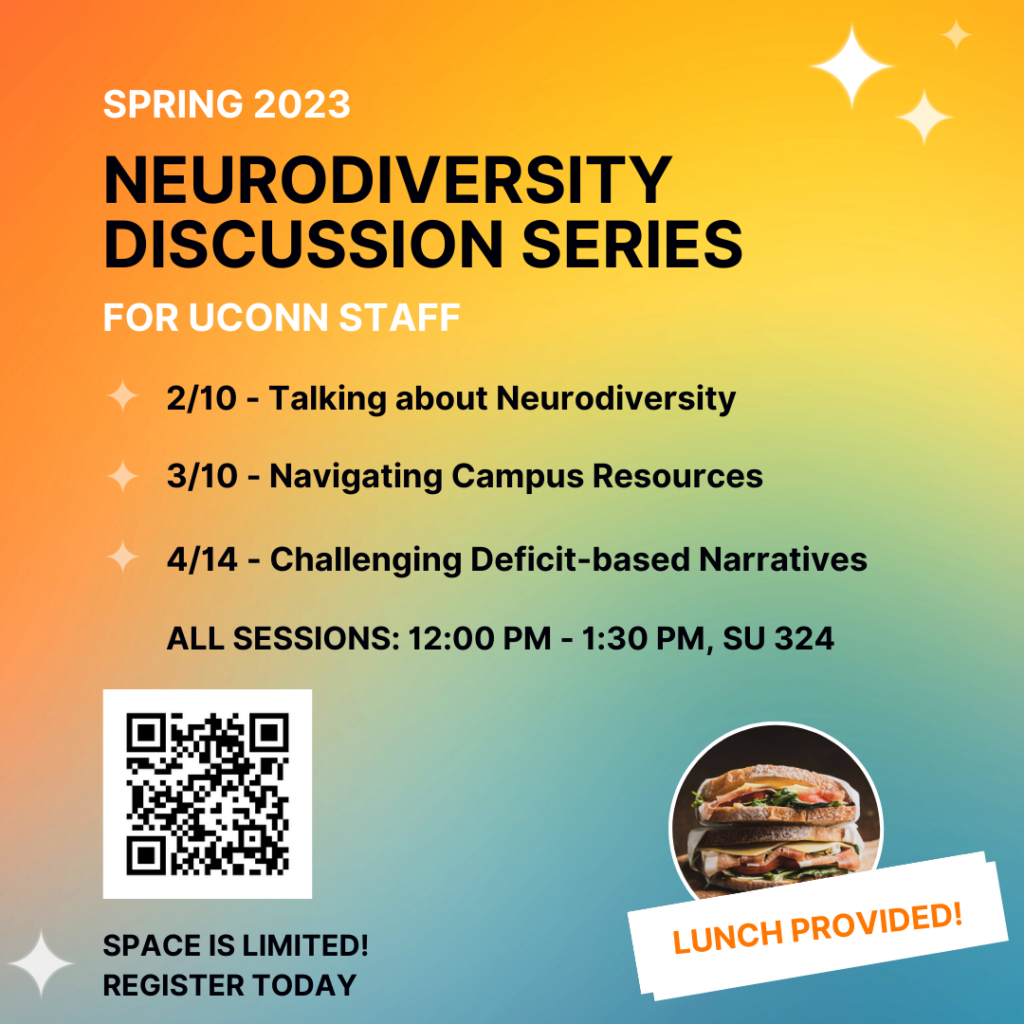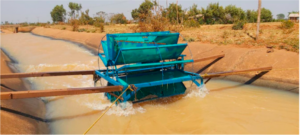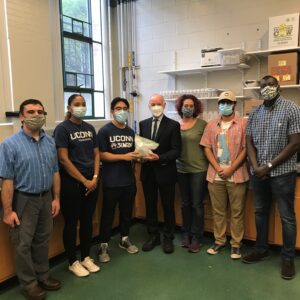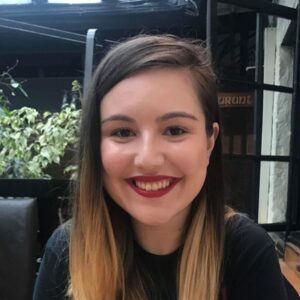Author: STEM Writing Retreat for Neurodiverse Grad Students
Author: Neurodiversity Discussion Series for UConn Staff

We are pleased to offer this year’s Neurodiversity Discussion Series exclusively for UConn Staff! Please share this invitation widely with others who might be interested!
Join us for a boxed lunch and great conversation! Space is limited to 20 participants per session, so if you are interested, please register to reserve your spot.
INCLUDE Program staff will briefly present information about each day’s topic to kickstart the conversation. The majority of the time will be dedicated to open conversation with UConn staff. Bring your questions, concerns, and ideas. We hope to learn from your experiences, too!
REGISTER HERE.
All sessions will be held in-person on the Storrs campus.
Room: Student Union 324.
Session 1:
Friday, 2/10 : 12:00 – 1:30 pm
Talking about Neurodiversity: Explore the ins and outs of talking about neurodiversity (breaking stigma, language/vocabulary, strengths-based language, identity vs. disability, how to talk to students about neurodiversity).
Session 2:
Friday, 3/10: 12:00 – 1:30 pm
Navigating Campus Resources: Learn about campus resources to support and build community among neurodiverse students (INCLUDE program, student clubs/organizations, social media, academic accommodations, academic and social support, CSD, options for getting assessed for neurodiverse conditions). Explore ideas and brainstorm new solutions.
Session 3:
Friday, 4/14: 12:00 – 1:30 pm
Mindshift: Challenging Deficit-based Narratives: Learn about how deficit-based perspectives have shaped the conversation about neurodiversity. Discuss, discover, and create new ways to challenge deficit-based perspectives and adopt a strengths-based approach toward neurodiversity.
A boxed lunch will be provided. Please make us aware of any dietary restrictions.
**To request an accommodation related to participation in this event, or for inquiries about accessibility, please contact Connie Syharat (connie.syharat@uconn.edu).
Author: UConn Engineering Students and Faculty find Success in Renewable Energy Microgrid Design for Rural Ethiopia
Author: Crumbling Concrete Research Development
Author: UConn Today Toxic Algae Article
Author: Crumbling Concrete Research at UConn Earns More Funding
Author: Wellness Journeys: Rest & Healing Workshop
Author: Improving Water and Food Security in Ethiopia Through Research with a People-Centered Approach
Click on the link below to see what the UN has to say about the UConn Engineering Department’s Water and Food Security, Partnerships for International Research and Education (PIRE) project!














